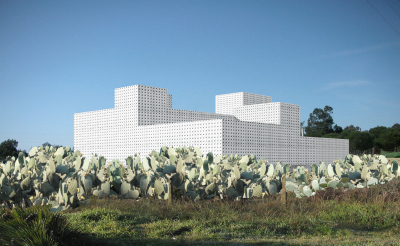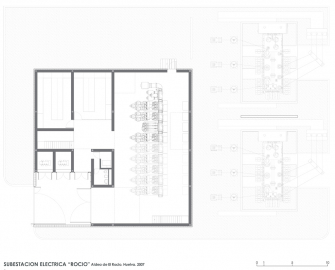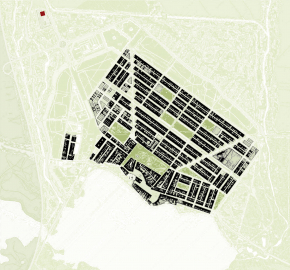Electric Power Substation Rocio
Buildings that have their origin in the engineering repertoire of the industrial era today present a creative challenge to architecture.
From the strict sense of repetition with which one of the disciplines tackles serial production to specificity as a response to different situations with which the other generates the projects, a vast field of possible solutions unfolds that transforms industrial archetypes into architectural models.
The case of power substations is not foreign to this situation. The buildings that accomodate such facilities either emphasise the almost magical nature of the invention of electricity by becoming monuments, or they are placed within fenced precincts far from populated areas, lacking any architectural entity.
A new power transformation technology, GIS (Gas Insulated System), enables a considerable saving in land use, making substations more compact. On the one hand this permits moving them closer to the urban centres while improving the network that, based on concentric rings, distributes energy. On the other it also allows for the reconstruction of the countrysides landscape, balancing the rural environment.
A power substation building houses the necessary suite of quarters and machinery to transform high-voltage energy. The apparent chaos that normally dominates in this type of facility is here subjected to a set of simple compositional rules, constituting two series: The Metal series and the Block series, to which this 220/MT prototype substation belongs. These rules apply simultaneously to two families according to the conditions of the sites. The different locations planned constitute the exceptions that verify the specificity of each model and the operative capacity of the series.
The programme developed for these GIS substations is always identical, but the conditions of each location call for making each building site-specific, rearranging existing fragments within its surroundings and subjecting it to integrating compositional rules, for example through the use en masse of certain materials that resolve greatly differing demands such as ventilation, lighting, protection, etc
Close to the Aldea de El Rocío and neighbouring the Doñana Natural Park, the particular characteristics of this paradoxical and fragile site offer us the possibility to try a model of substation that generates using a material common to domestic buildings that is not exempt of picturesqueness but used here according to complex construction rules a simultaneous response to the overwhelming difficulties present in its physical location and to the immutability of the stalest of traditions represented by the yearly pilgrimage to the Rocío chapel.
The integration of several disciplines builds a complex and rigorously technical contemporary landscape.

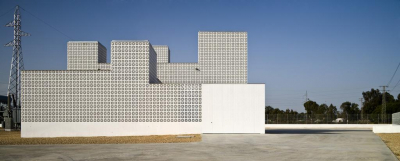
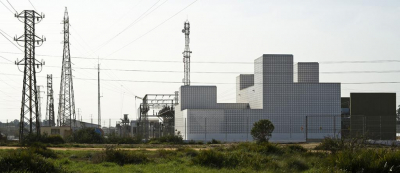
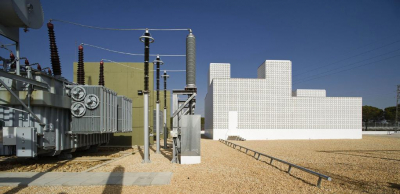
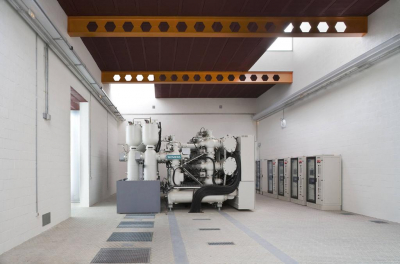
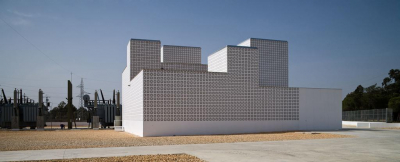
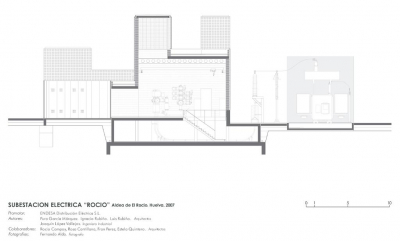
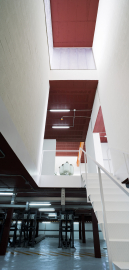 © Fernando Alda
© Fernando Alda

